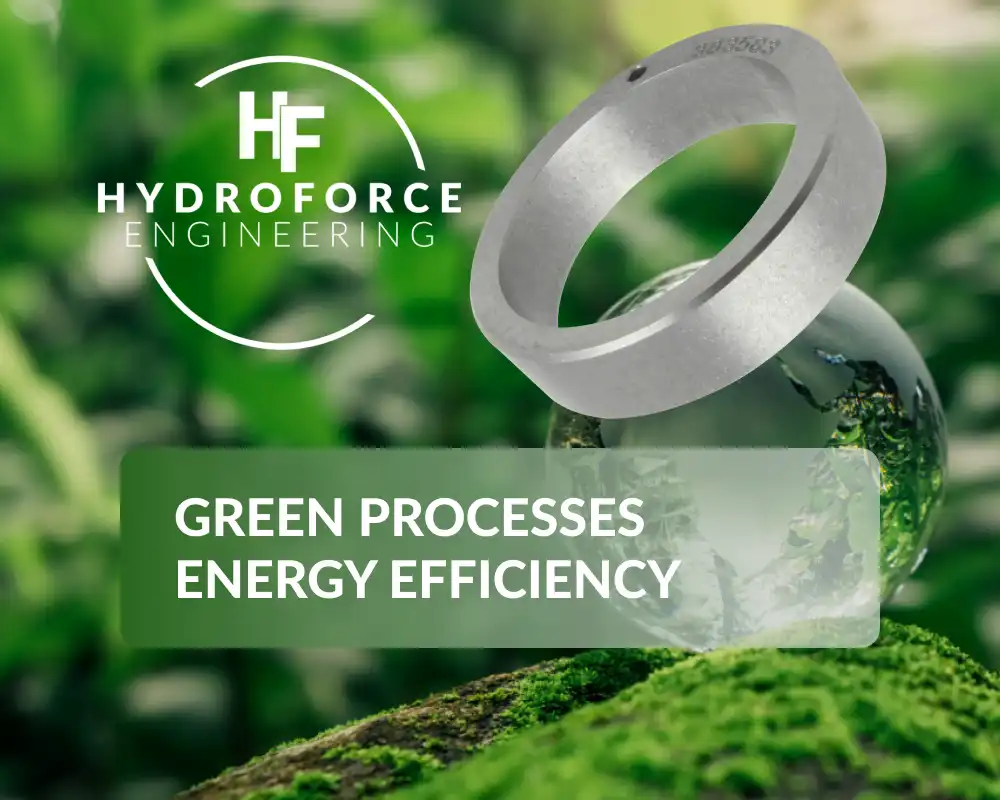
Sustainability in powder metallurgy refers to minimizing environmental impacts while maintaining cost efficiency and product quality. This involves reducing carbon footprints, optimizing resource utilization, and adopting circular economy practices.
Powder metallurgy is uniquely positioned to address these needs due to its ability to produce components with minimal material loss and high recyclability rates.
Powder metallurgy’s green credentials stem primarily from its net-shape manufacturing capability, which minimizes material waste and post-processing requirements.
These practices not only reduce environmental impact but also enhance cost efficiency for manufacturers.
Circular economy models emphasize the reuse of materials throughout the product lifecycle. For example:
Energy-Intensive Powder Production:
Powder Contamination:
High Initial Costs:
AI-Driven Optimization:
Multi-Material Powders:
Decentralized Recycling Systems:
To fully realize the potential of eco-friendly powder metallurgy, manufacturers should consider the following strategies:
By integrating these practices, powder metallurgy can continue to lead the way in sustainable manufacturing, meeting both regulatory requirements and market demands for greener solutions.